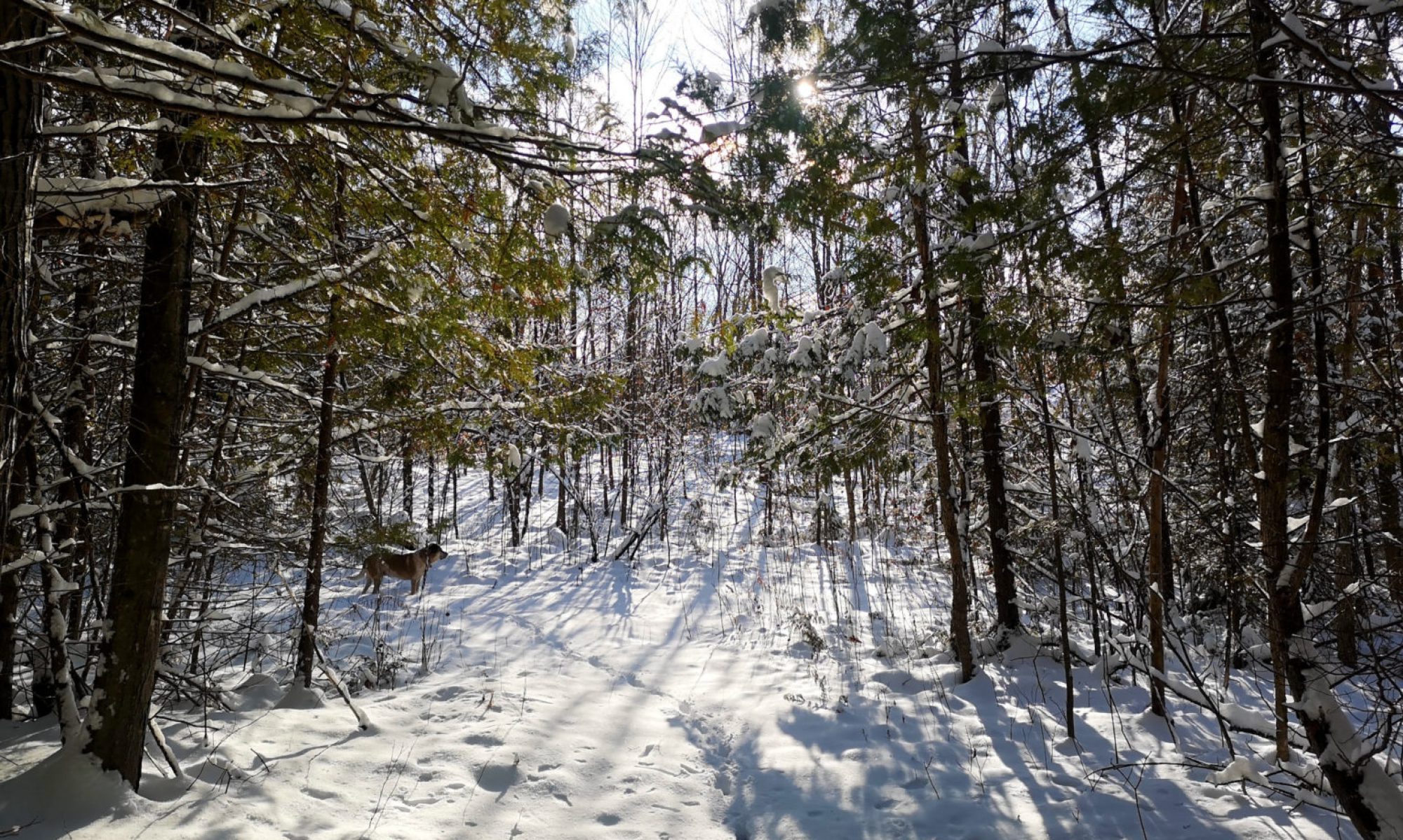Now and then, I like to remember some of the people and stories I have come across during my 35-year career in journalism, and one of the strangest — and most amazing — of them all was a guy named Chuck Fipke. When I came across him in Edmonton around 1989 or so, Chuck was an oddball loner with an almost impossible story: he claimed that there were diamonds in the Northwest Territories. And not just a few diamonds, but enough for a diamond mine. At this point, Chuck was mostly known for sleeping in his car while prospecting in the far north, and for baking soil samples in his oven at home.

The idea that there might be diamonds in the Northwest Territories might seem pretty straightforward today, since there are not one but three massive diamond mines in the Northwest Territories, which at their peak produced close to $3 billion worth of high-quality diamonds every year. But in 1989, this seemed like a crackpot idea that almost no one in their right mind — other than Chuck — believed was possible. It was like someone saying they’ve invented a time machine or a faster-than-light warp drive. It wouldn’t be overstating it to say Chuck was probably laughed at more than he was listened to.
I can still remember the prospectus Chuck put together for his attempt to finance his exploration work: it was glossy, filled with cheezy marketing lingo about diamonds, including a photo of a scantily-clad model showing off a diamond bracelet or whatever. The whole thing screamed “ripoff” or “scam.” After all, the idea that there were diamonds in Canada seemed bizarre to begin with — diamonds were only found in places like Africa. And while a few geologists had been looking for diamonds in the far north, just on the off chance that they existed, no one had had any luck finding them, and even if they did exist, no one was convinced there would be enough for a mine.
Chuck (no one called him Charles) had experience in finding minerals, and developed what he called almost a sixth sense about what trace deposits might lead to different finds. While everyone else was looking in the wrong places, Chuck said he had found trace minerals that he figured had been carried downstream by glaciers during the Ice Age, and tracked them back to where he believed they originated — in giant kimberlite “pipes” like those found in Africa, but in the Northwest Territories. I expect most people assumed — as I did — that Chuck was running a scam, or had spent too much time in the wilderness.

Prospectors are often oddballs, and Chuck definitely fit the mold: he had a stutter, and verbal tics, like littering his sentences with the word “hey.” Chuck’s wife (now ex-wife), who handled all of his travel, described how he would call her from the road to ask where he was staying, and she would say “in the hotel you are calling me from.” Today he might be seen as being on the autistic spectrum, but in 1988 he just seemed weird — possibly a lunatic. But like some other people who appear to be crazy, Chuck turned out to be right. There were diamonds in Canada, just like he said there were, and the discovery precipitated the biggest claim-staking rush since the Gold Rush of the 1800s.
In just a few years, there was a diamond mine, and then two, and then three, run by giants like BHP and Rio Tinto, producing hundreds of millions of dollars worth of diamonds every day — enough to make Canada the third largest producer of diamonds in the world. Chuck and his partner eventually sold Dia Met, the company they founded to search for diamonds, to BHP for about $700 million — but a big chunk of Chuck’s share (about $120 million) went to his wife Marlene, in one of the largest divorce settlements in history. Chuck kept a 10-percent stake in the mine and sold that in 2014 for about $70 million.
Since then, Chuck has continued exploring for minerals, but he has also spent a bunch of his money on horse-racing — not betting on it, but owning and breeding race horses. He has not one but two horse farms in Kentucky. Even better than all his money, Chuck has the knowledge that he was right, and everyone who called him crazy all those years ago (including me) was wrong.
